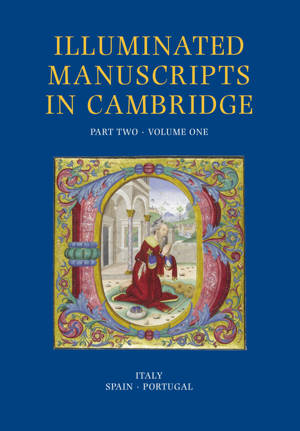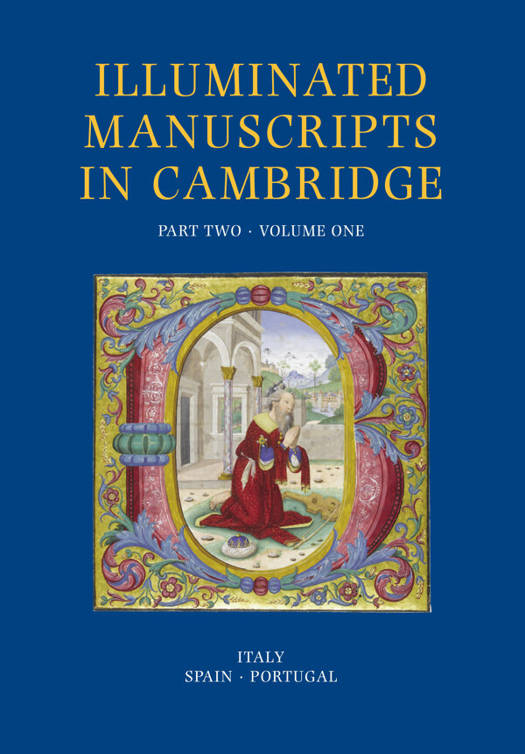
Je cadeautjes zeker op tijd in huis hebben voor de feestdagen? Kom langs in onze winkels en vind het perfecte geschenk!
- Afhalen na 1 uur in een winkel met voorraad
- Gratis thuislevering in België vanaf € 30
- Ruim aanbod met 7 miljoen producten
Je cadeautjes zeker op tijd in huis hebben voor de feestdagen? Kom langs in onze winkels en vind het perfecte geschenk!
- Afhalen na 1 uur in een winkel met voorraad
- Gratis thuislevering in België vanaf € 30
- Ruim aanbod met 7 miljoen producten
Zoeken
Illuminated Manuscripts in Cambridge, Part Two 2 Volume Set
Italy and the Iberian Peninsula
Stella Panayotova
€ 254,40
+ 508 punten
Omschrijving
This new publication constitutes Part Two of the multi-volume Cambridge Illuminations Research Project cataloguing all western illuminated manuscripts in the Fitzwilliam Museum and the Cambridge Colleges. It covers manuscripts produced in Italy and the Iberian Peninsula, ranging from the early Gospels of St Augustine made in sixth-century Rome, through the carefully designed patristic texts from twelfth-century Tuscany and Lombardy, the great law books of thirteenth- and fourteenth-century Bologna, the opulent Books of Hours, elegant Humanistic volumes and enormous Choir Books of the fifteenth century, and finally to the richly decorated and densely ornamented books of sixteenth-century Spain. In addition to the famous treasures, these catalogues include a considerable number of previously unpublished cuttings, among them new attributions to leading artists and exciting discoveries, all of which offer a stimulating source for further research. Every manuscript catalogued is also illustrated, frequently with several images, all reproduced in full colour. Entries for Italian manuscripts are arranged chronologically in the period up to 1200, while manuscripts produced after 1200 are catalogued by region of origin and within that division again by sequence of date. Manuscripts that cannot at present be allocated to a particular region are grouped in a special section, and Spanish books are again catalogued in chronological order.
Specificaties
Betrokkenen
- Auteur(s):
- Uitgeverij:
Inhoud
- Aantal bladzijden:
- 720
- Taal:
- Engels
Eigenschappen
- Productcode (EAN):
- 9781905375851
- Verschijningsdatum:
- 7/06/2012
- Formaat:
- Genaaid
- Afmetingen:
- 239 mm x 335 mm
- Gewicht:
- 4331 g

Alleen bij Standaard Boekhandel
+ 508 punten op je klantenkaart van Standaard Boekhandel
Beoordelingen
We publiceren alleen reviews die voldoen aan de voorwaarden voor reviews. Bekijk onze voorwaarden voor reviews.









